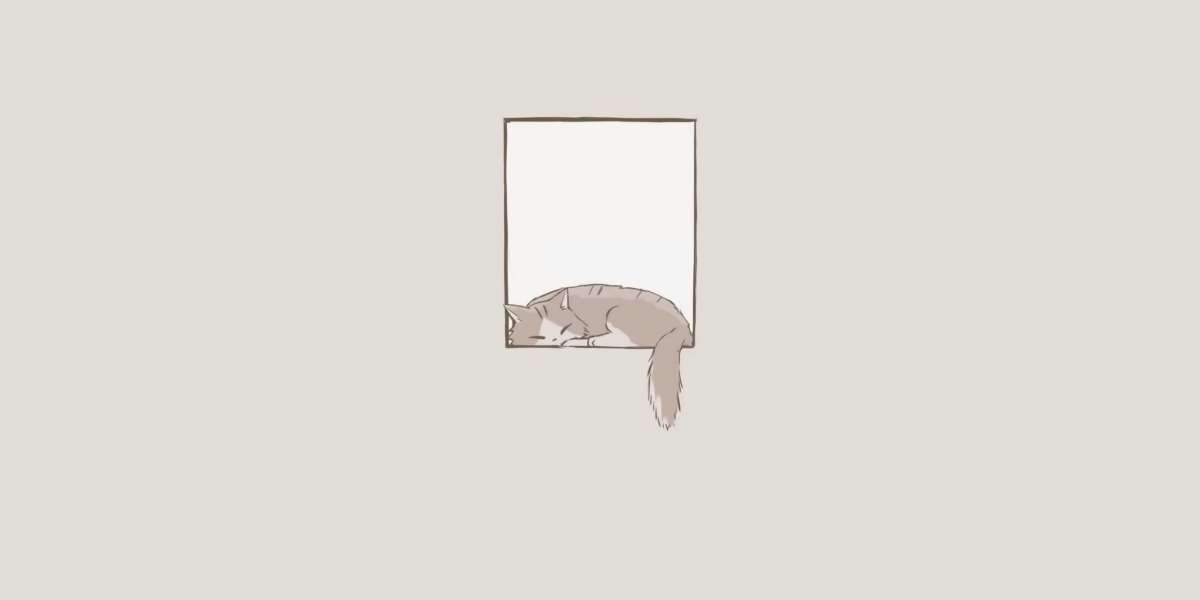When it comes to harnessing the power of the sun, solar energy has become increasingly popular in recent years. One of the key innovations in this field is the use of microinverters, which play a crucial role in maximizing the efficiency and output of solar power systems. In this article, we will delve into the world of microinverter technology and explore how it is revolutionizing the way we harness solar energy.

The Role of Microinverters in Solar Energy Systems
Traditional solar power systems rely on a single central inverter to convert the direct current (DC) generated by the solar panels into alternating current (AC) for use in homes and businesses. However, this setup can lead to a number of inefficiencies, particularly when panels are affected by shading, soiling, or other environmental factors. This is where microinverters come into play. By attaching a microinverter to each individual solar panel, the system can optimize the performance of each panel independently, resulting in a significant increase in overall energy production.
Enhancing Energy Harvesting with Microinverter Technology
One of the key advantages of microinverters is their ability to maximize the energy harvesting potential of solar panels. Unlike traditional string inverter systems, where the performance of the entire string is limited by the lowest-performing panel, microinverters ensure that each panel operates at its peak efficiency. This not only leads to higher energy yields but also improves the overall reliability and longevity of the solar power system.
Monitoring and Maintenance Benefits
Another area where microinverter technology shines is in the realm of monitoring and maintenance. With traditional inverters, it can be challenging to pinpoint issues with specific panels, as the entire system is treated as a single unit. Microinverters, on the other hand, provide detailed insights into the performance of each panel, allowing for proactive maintenance and troubleshooting. This level of granularity not only saves time and money but also ensures that the solar power system operates at its full potential over its lifespan.
The Future of Solar Power: Microinverter Innovation
As the demand for clean and sustainable energy sources continues to grow, the role of microinverters in maximizing solar power output will become increasingly important. With ongoing advancements in technology, such as power optimizers and smart monitoring systems, the potential for further innovation in this space is vast. By embracing microinverter technology, we can unlock the full potential of solar energy and pave the way for a brighter, more sustainable future.



